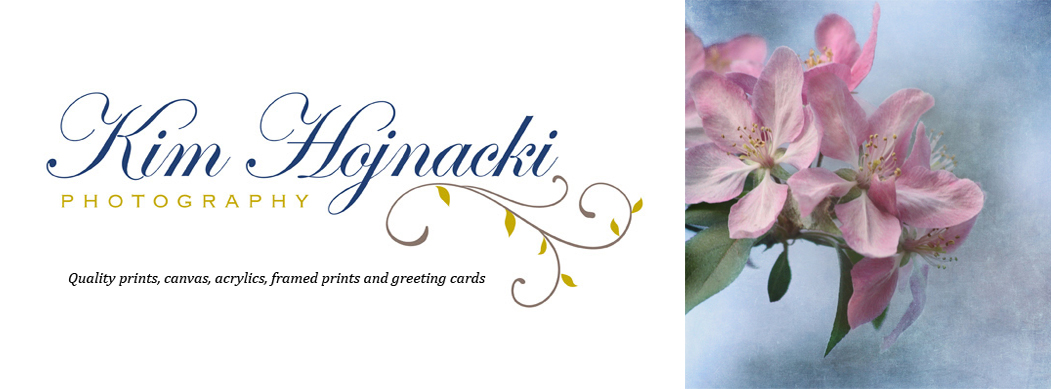Many people have asked me how I create my photographs with textures. Here is a recipe for my latest creation.
The first thing I do is look at the colors in the photograph and pick different textures to see how I like them. I do admit that I have my favorite textures and seem to always get drawn back to them. I try many different combinations before I decided what looks best to me. I use a layer mask to lightly brush the texture from areas I do not want texture. I have found that using 40%-50% opacity works the best. I mainly use, soft light, overlay, screen and linear burn. I adjust the percent of opacity until I get the look I want.
I mostly use Flypaper textures, Florabella Collection, Isabelle Lafrance. I may also use actions depending on what I am trying to achieve.
For this image, I have decided to use Flypaper textures. I have chosen to work with 2 textures from the August Painterly Pack and 1 texture from the Spring Painterly Pack.
Now for the processing:
Murano 50%
soft light, lightly brushed from the focus flower.
Tieopolo 25%
linear burn, lightly brushed from the focus flower.
Peacock 30%
overlay, lightly brushed from the focus flower.
Peacock 90%
soft light, lightly brushed from the focus flower.
I adjusted
curves and levels to enhance the colors.
Murano and
Tiepolo are from Flypaper Textures, August Painterly pack.
Peacock is
from Flypaper Textures, Spring Painterly pack.
That's it for this one. I save as a PSD in Photoshop in case I have to go back and make any changes. Then flatten. Save a JPG file original size and then re-size for web use and add my watermark.










